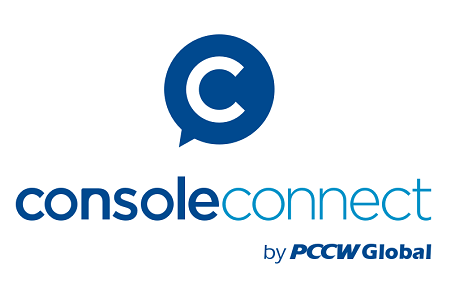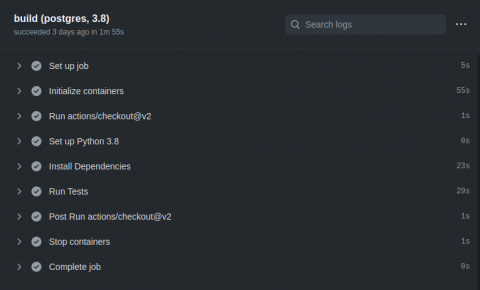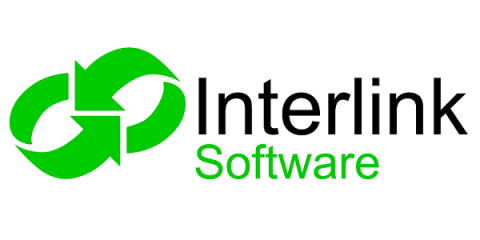Operations | Monitoring | ITSM | DevOps | Cloud
Latest News
Using Github Actions to Run Django Tests
I recently found out Travis CI is ending its free-for-opensource offering, and looked at the alternatives. I recently got badly burned by giving an external CI service access to my repositories, so I am now wary of giving any service any access to important accounts. Github Actions, being a part of Github, therefore looked attractive to me. I had no experience with Github Actions going in. I have now spent maybe 4 hours total tinkering with it.
How Private Connectivity Can Eliminate The Fallacies Of Distributed Computing
Eliminating DevOps Monitoring Challenges, Part II: Leveraging Automation
DevOps automation solves common challenges that revolve around a lack of visibility to the entire environment. A lack of visibility, non-discrete tools, and a lack of hard data to capacity plan or assess success in your dev environment, often leads to using several tools that tend to contradict each other.
Eliminating DevOps Monitoring Challenges, Part III: Monitoring Your Dev Environment
In the third installation of our “Eliminating DevOps Monitoring Challenges” blog series, we’ll share with you the importance of monitoring your dev environment in order to improve your DevOps monitoring.
Planning for Cloud Migration as a Permanent Condition
When you complete your big cloud migration project, by all means celebrate, but don’t party too hard. The job’s not done. Digital transformation is never finished. Technology will progress. Customer expectations will evolve. The competition will advance. And your business must grow. This means that the transition to hybrid and multi-cloud is not a one-time event—it’s an ongoing process.
DockerHub vs Cloudsmith Private Docker Registry
We’re a little late to the party. Fashionably late. By now the world knows that DockerHub has removed the free, untraceable goodness of anonymous pulls. How dare they? How dare they build a revolutionary technology, open-source it and give it away for free at a substantial cost to themselves. It’s worth calculating what a couple of petabytes of CloudFront bandwidth would cost, even with a substantial discount. It’s mind-blowing.
Exploring ROS 2 Kubernetes configurations
Kubernetes and robotics make a great match. However, as we have seen, robots running ROS 2 can be tricky to set up on Kubernetes. This blog series has explored running ROS 2 on Kubernetes, set up a simple talker and listener, and distributed that demo across three machines. The configurations presented may not quite fit your implementation, and you may want to dig a bit deeper into network traffic when troubleshooting.
Introducing: Alert Response as Code
Alert Response as Code is Interlink’s software-based, programmatic model for identifying incident alerts and driving an automated response. IT teams can automate the triggering of recovery processes that would otherwise involve running individual, manual steps across multiple applications, devices and operating systems.
Your re:Invent 2020 Schedule
re:Invent 2020 is here and while you don't have to find Galileo 601 or Hall G it can still be a lot to manage. Our team combed through the massive re:Invent schedule to bring you the the most important sessions related to serverless, architecture, and DevOps. In addition to the Serverless Track and the Keynotes we recommend these particular sessions. If you need help putting your schedule together we love Cloud Pegboard!











